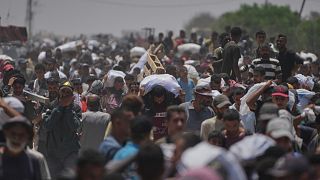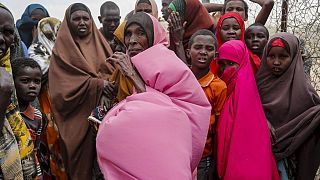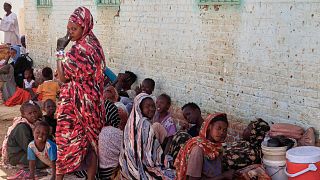Food crisis
The number of people affected by hunger globally rose to as many as 828 million in 2021, an increase of about 46 million since 2020 and 150 million since the outbreak of the COVID-19 pandemic, according to a new United Nations report that provides fresh evidence that the world is moving further away from its goal of ending hunger, food insecurity and malnutrition in all its forms by 2030.
The 2022 edition of The State of Food Security and Nutrition in the World (SOFI) report presents updates on the food security and nutrition situation around the world, including the latest estimates of the cost and affordability of a healthy diet.
It also examines ways governments can repurpose their current support to agriculture to help make healthy and nutritious food cheaper, mindful of the limited public resources available in many parts of the world.
The report is a joint publication by the Food and Agriculture Organization (FAO), the International Fund for Agricultural Development (IFAD), the UN Children's Fund (UNICEF), the UN World Food Programme (WFP) and the World Health Organization (WHO).
Some of its findings reveal the following:
• Around 2.3 billion people in the world (29.3 percent) were moderately or severely food insecure in 2021 – 350 million more compared to before the outbreak of the pandemic. Nearly 924 million people faced food insecurity at severe levels, an increase of 207 million in two years.
• The gender gap in food insecurity continued to rise in 2021 - 31.9 percent of women in the world were moderately or severely food insecure, compared to 27.6 percent of men – a gap of more than 4 percentage points, compared with 3 percentage points in 2020.
• Almost 3.1 billion people could not afford a healthy diet in 2020, up 112 million from 2019, reflecting the effects of inflation in consumer food prices stemming from the economic impacts of the COVID-19 pandemic and the measures put in place to contain it.
• An estimated 45 million children under the age of five were suffering from wasting, the deadliest form of malnutrition, which increases children’s risk of death by up to 12 times. Another 149 million children under the age of five had stunted growth and development due to a chronic lack of essential nutrients in their diets, while 39 million were overweight.













02:05
In Zimbabwe, metal scrap collecting is reducing environmental pollution
01:39
Driven to starvation, Sudanese eat weeds and plants to survive
01:15
Morocco says 2024 was the hottest year with temperatures reaching 47.7 degrees
01:41
UN warns of looming famine in Sudan, Gaza and 3 other global hunger hotspots
Go to video
South Sudan: UN warns of imminent famine
01:30
Macron sparks global push to protect oceans